Free, downloadable resources to equip educators as they help students grow in the skills and abilities to stay safe and responsible online.

Social Media, Cyberbullying, and Online Safety Glossary
In our Glossary below, we define the terms you need to know in the realm of social media, cyberbullying, and online safety, so that you are increasingly informed about technological jargon as you work with the youth under your care.(You can also download a distributable PDF of our Social Media, Cyberbullying, and Technology Terms Glossary). […]
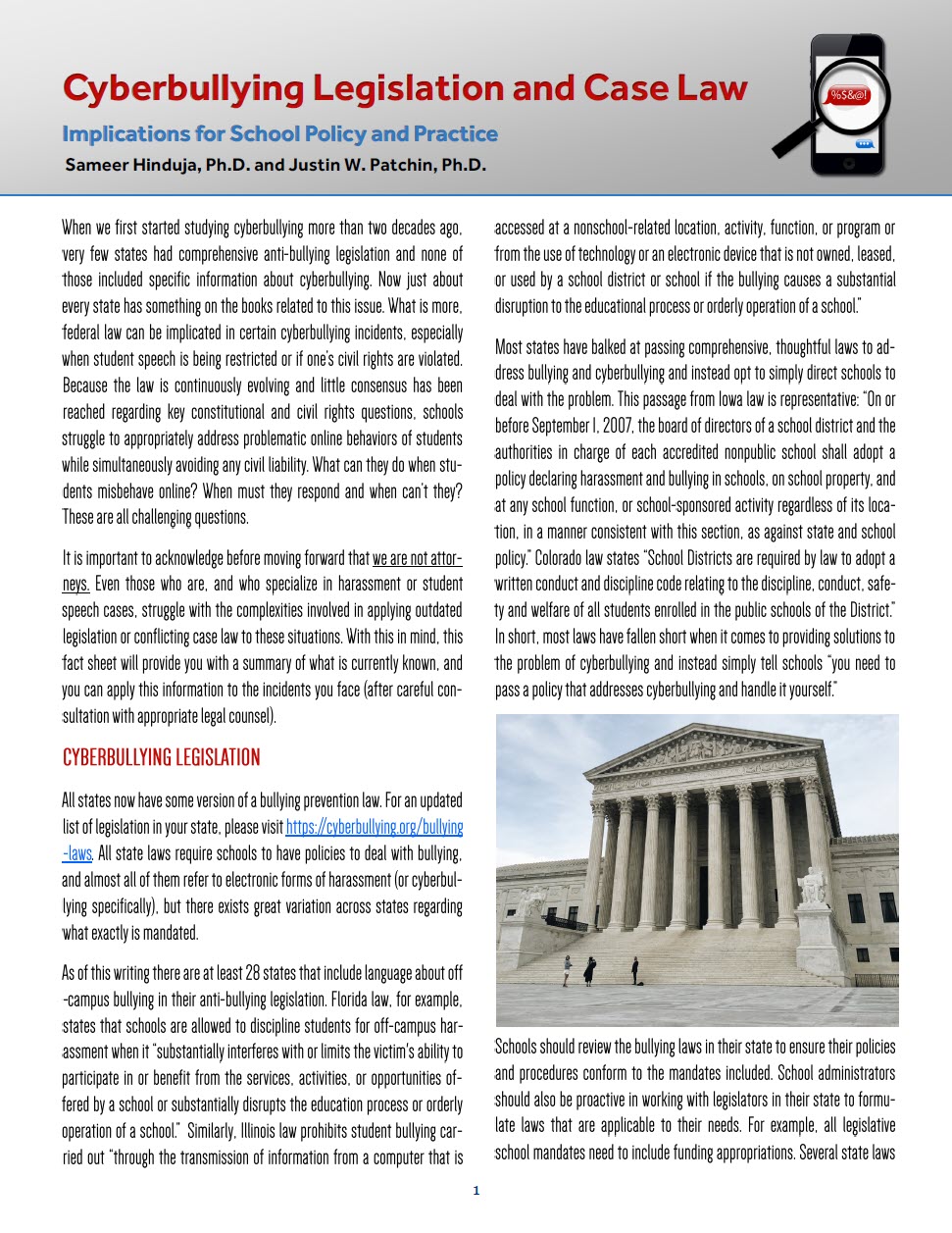
Cyberbullying legislation and case law: Implications for school policy and practice
This Fact Sheet provides a summary of important court cases and pending legislation that can help school administrators evaluate and improve their current cyberbullying policies and procedures. Hinduja, S. & Patchin, J.W. (2024). Cyberbullying legislation and case law: Implications for school policy and practice. Cyberbullying Research Center. Retrieved [insert date], from https://cyberbullying.org/cyberbullying-legal-issues.pdf Download PDF
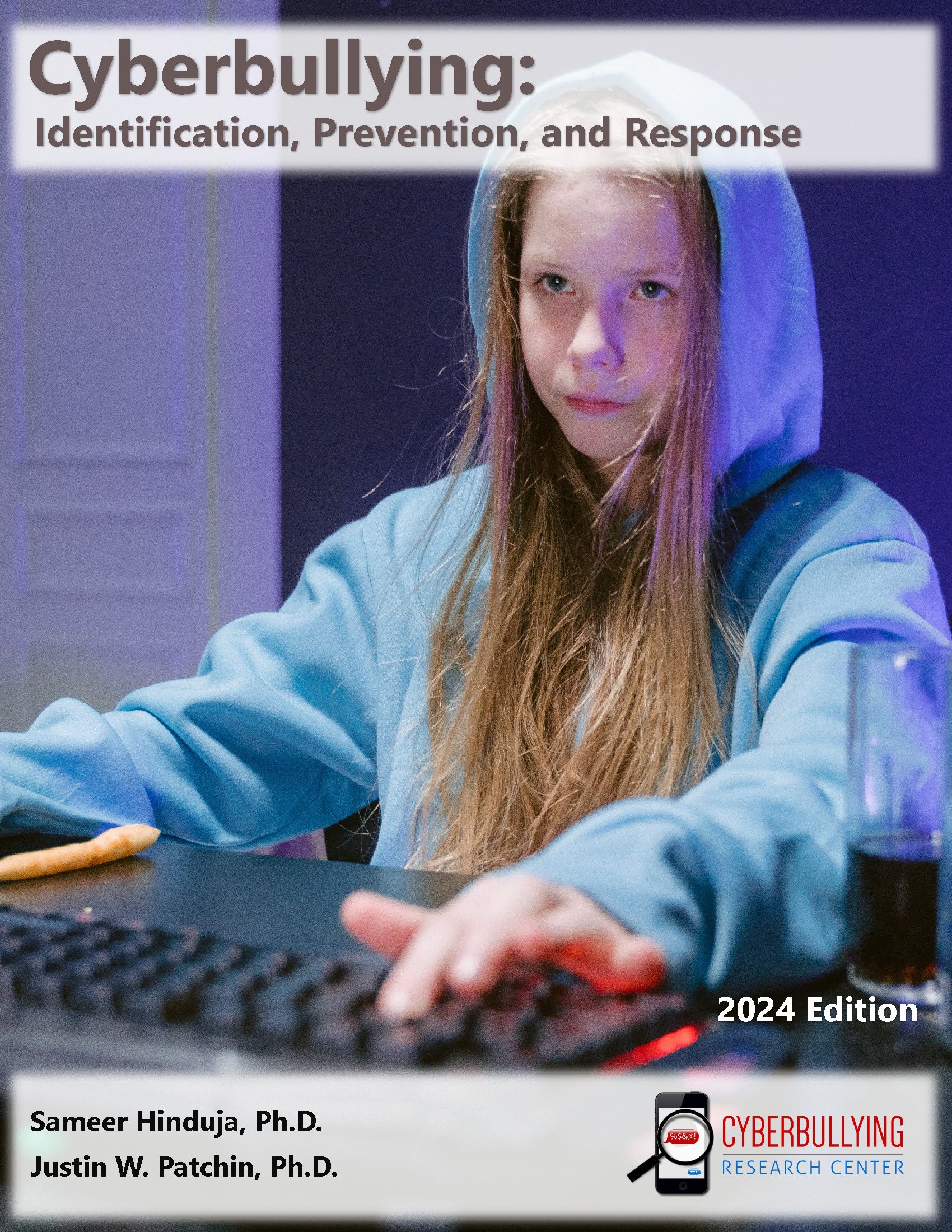
Cyberbullying Fact Sheet: Identification, Prevention, and Response
UPDATED for 2024! This detailed guide is a nine-page summary – filled with as much useful information as possible – to equip educators, parents, and other youth-serving adults to spot cyberbullying, respond to it appropriately and meaningfully, and to prevent its future occurrence among those they care for. If you only have time to read […]
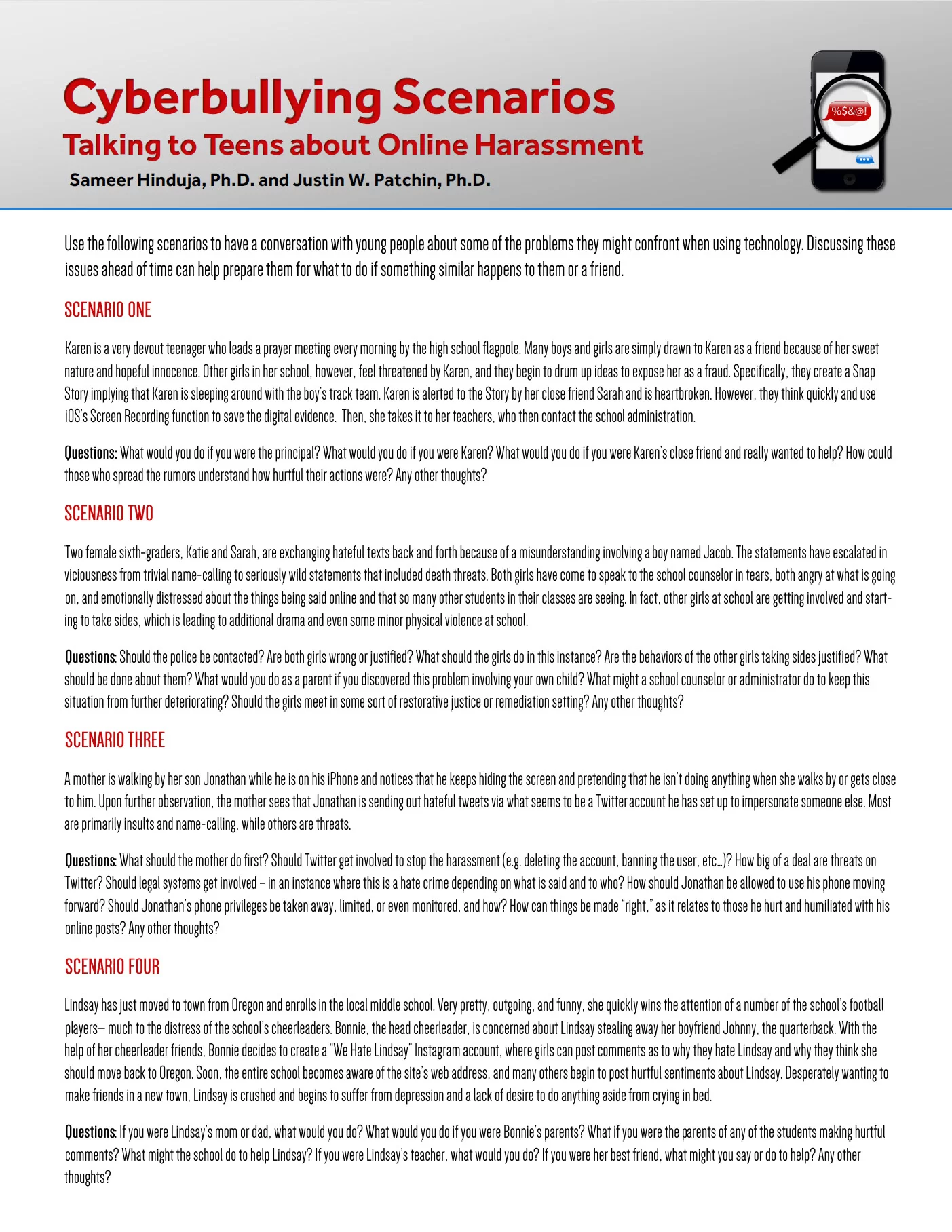
Social Media and Tech Misuse Scenarios
This resources provides scenarios that parents, educators, and other adults can use to discuss issues that may come up when young people are using technology. Hinduja, S. & Patchin, J. W. (2023). Social Media and Tech Misuse Scenarios. Cyberbullying Research Center. Retrieved [insert date], from https://cyberbullying.org/Social-Media-and-Tech-Misuse-Scenarios.pdf Download the Scenarios
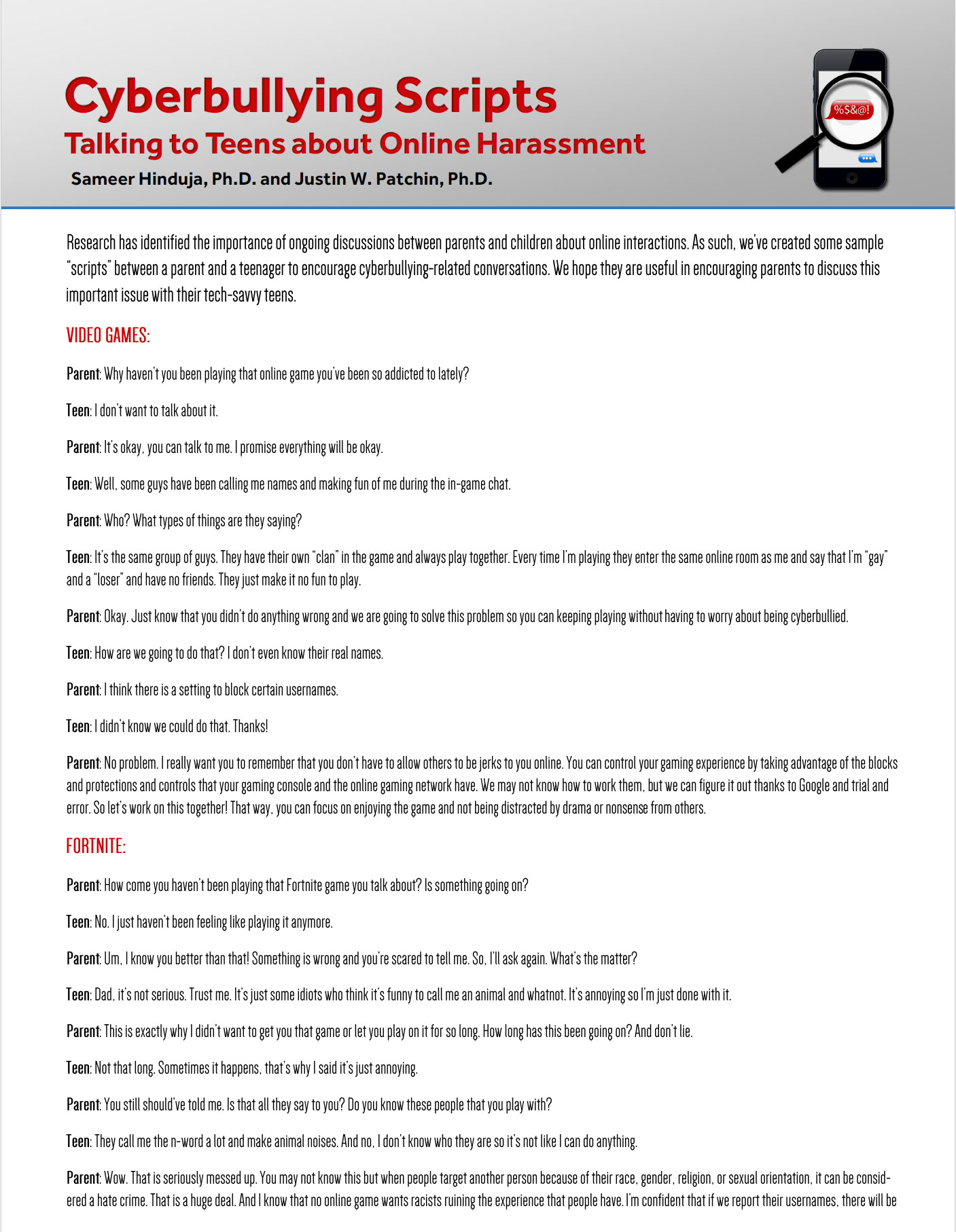
Cyberbullying Scripts for Parents to Promote Dialog and Discussion
Provides parent/teenager “scripts” to promote dialogue and discussion about cyberbullying.
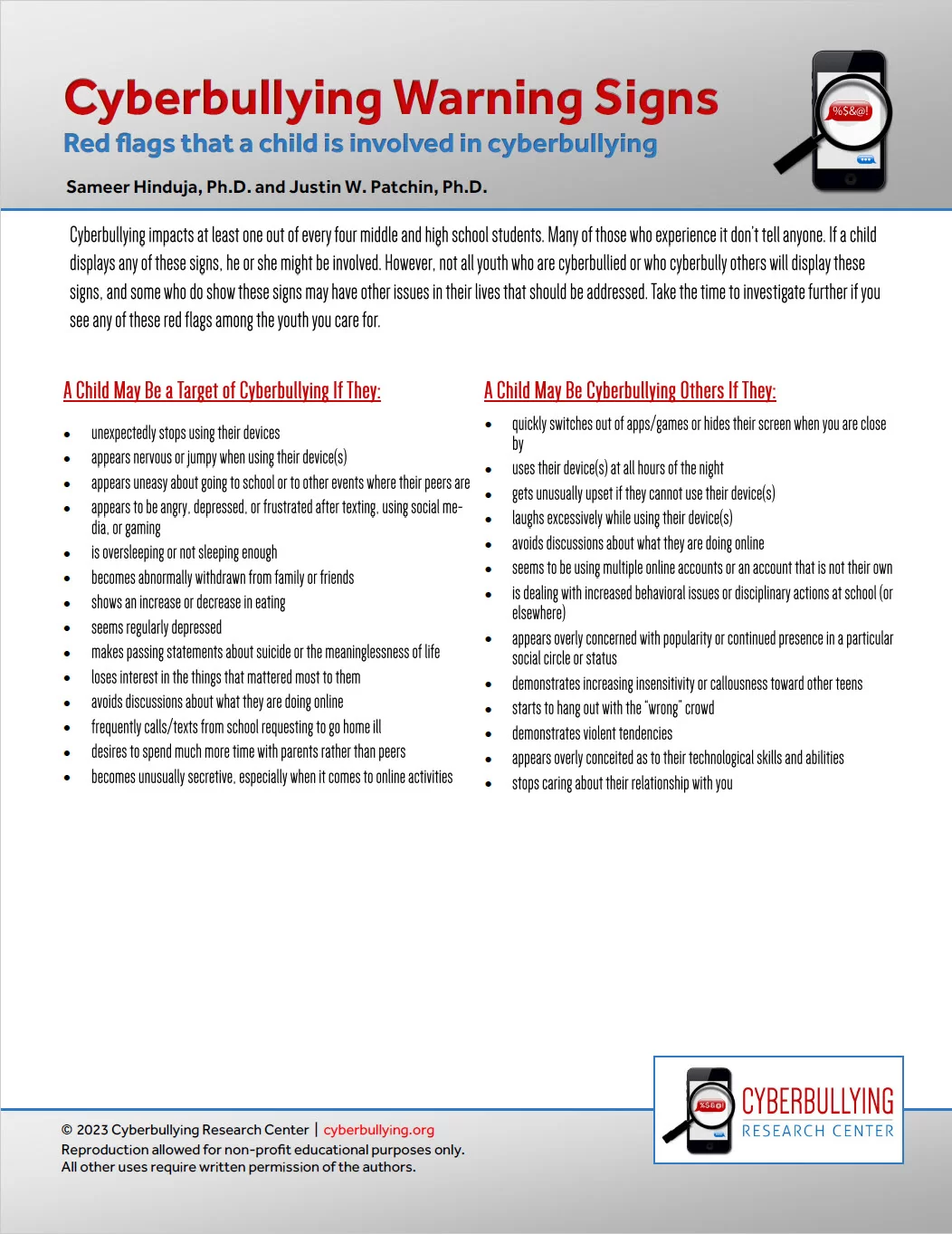
Cyberbullying Warning Signs
Cyberbullying impacts at least one out of every four middle and high school students. Many of those who experience it don’t tell anyone. If a child displays any of these signs, he or she might be involved. However, not all youth who are cyberbullied or who cyberbully others will display these signs, and some who […]
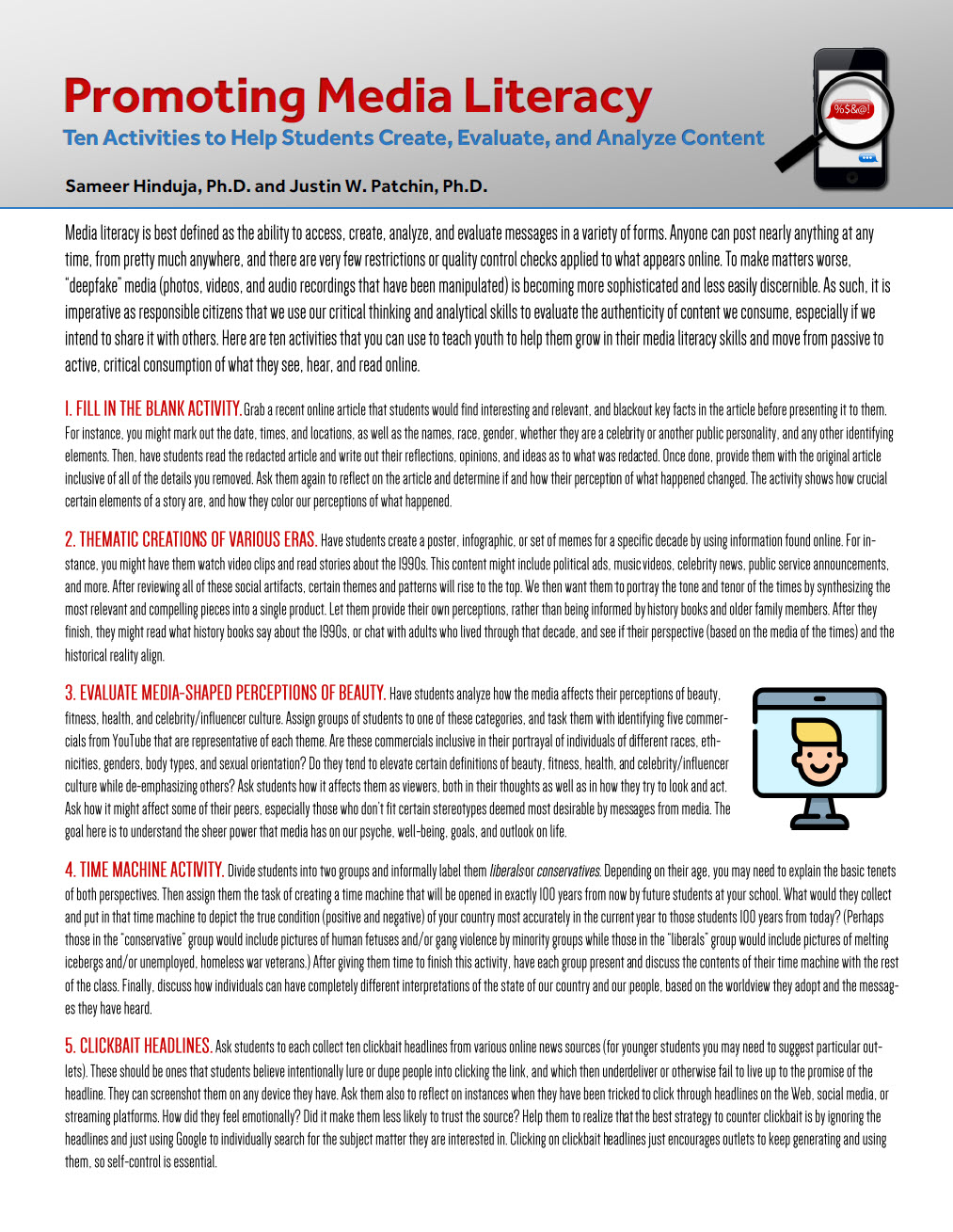
Promoting Media Literacy: Ten Activities to Help Students Create, Evaluate, and Analyze Content
(For a formatted .pdf version of this article for distribution, click on the image above [or click here]). Media literacy is best defined as the ability to access, create, analyze, and evaluate messages in a variety of forms. Anyone can post nearly anything at any time, from pretty much anywhere, and there are very few […]
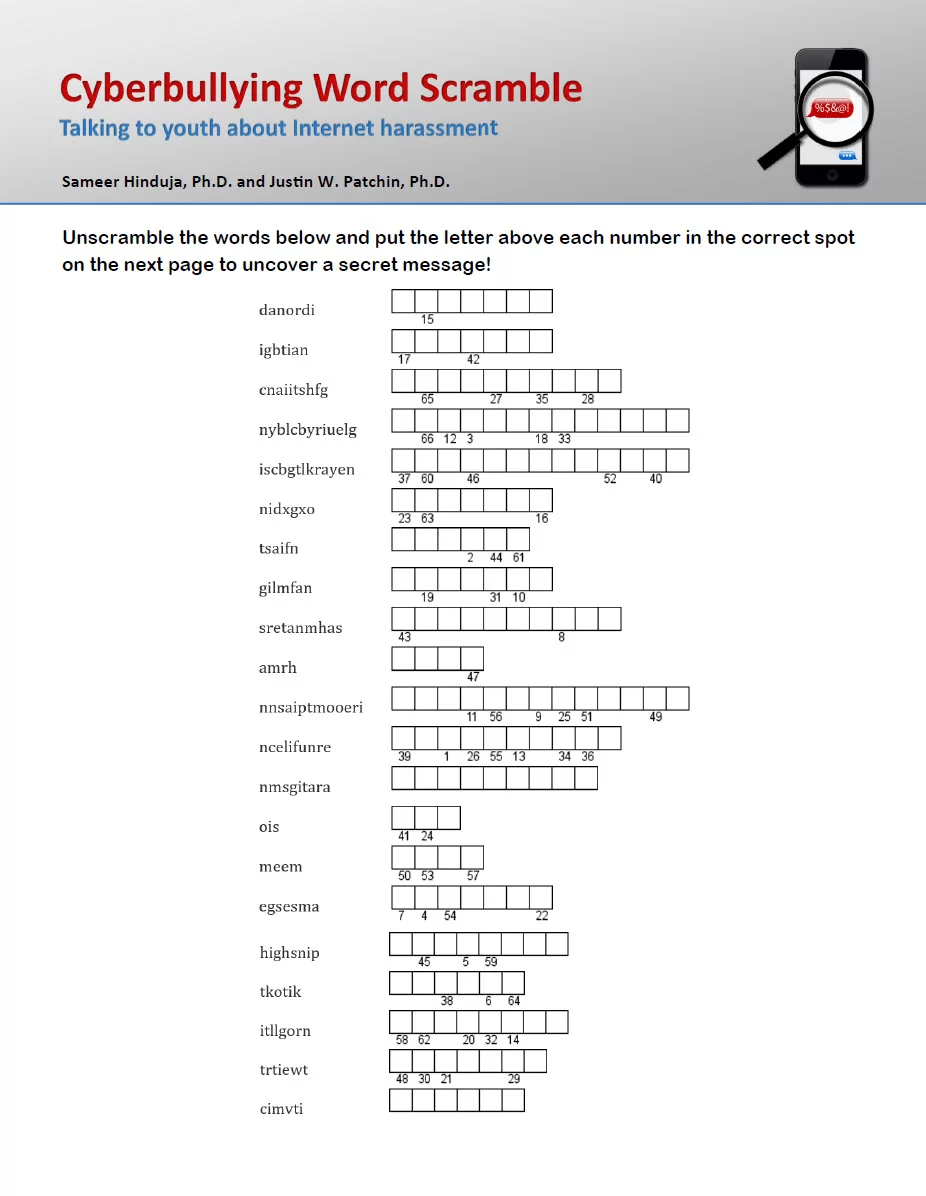
Cyberbullying Activity: Word Scramble
Use this Word Scramble activity to introduce students to important concepts related to cyberbullying and Internet safety. Patchin, J. W. & Hinduja, S. (2022). Cyberbullying Activity: Word Scramble. Cyberbullying Research Center. Download PDF
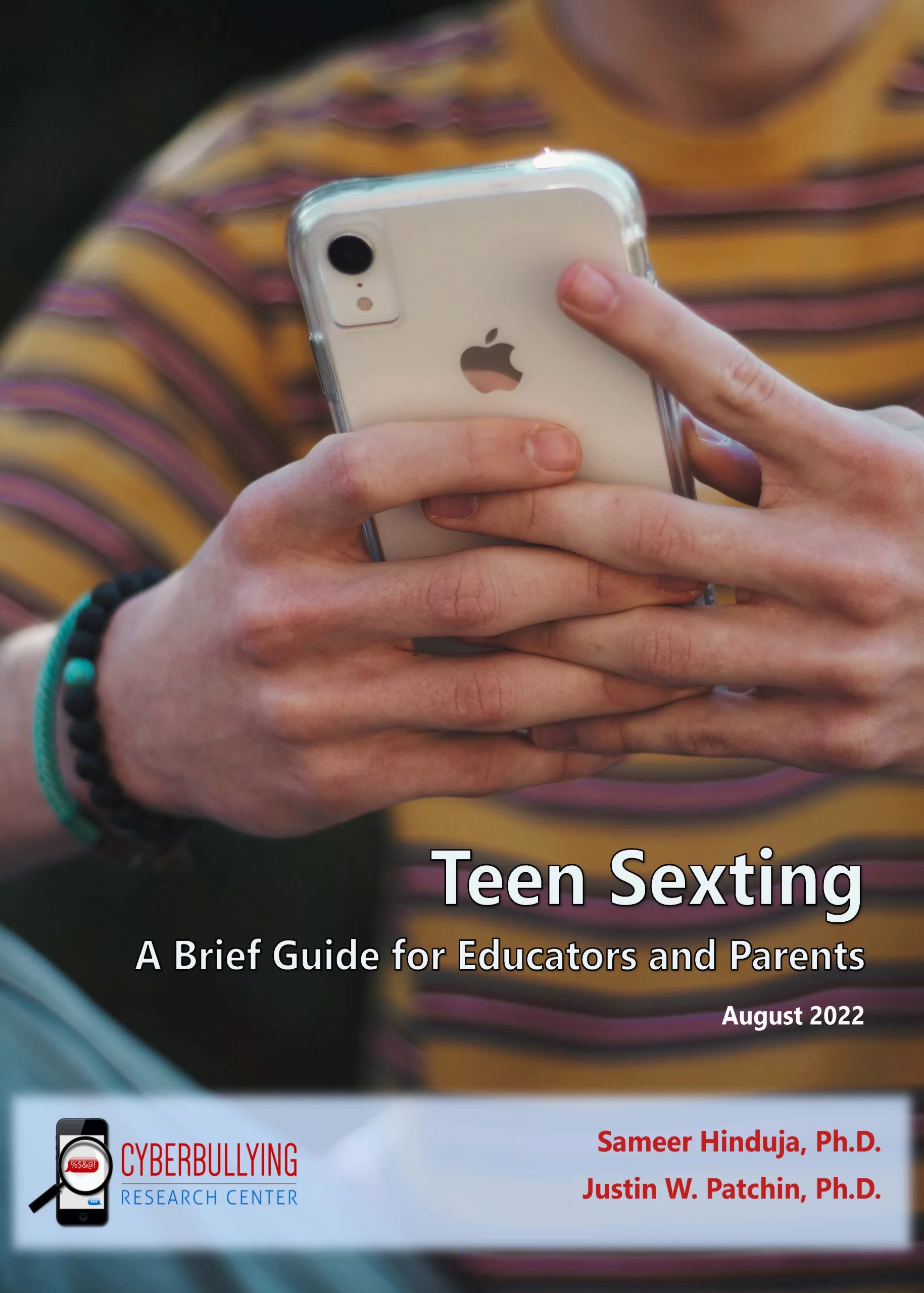
Teen Sexting: A Brief Guide for Educators and Parents
This research summary reviews what is currently known about teen sexting. Research from across the United States is discussed, along with practical solutions for parents, educators, and other adults to prevent and respond to teen sexting. Citation information: Hinduja, S. & Patchin, J. W. (2022). Sexting – A Brief Guide for Educators and Parents. Cyberbullying […]
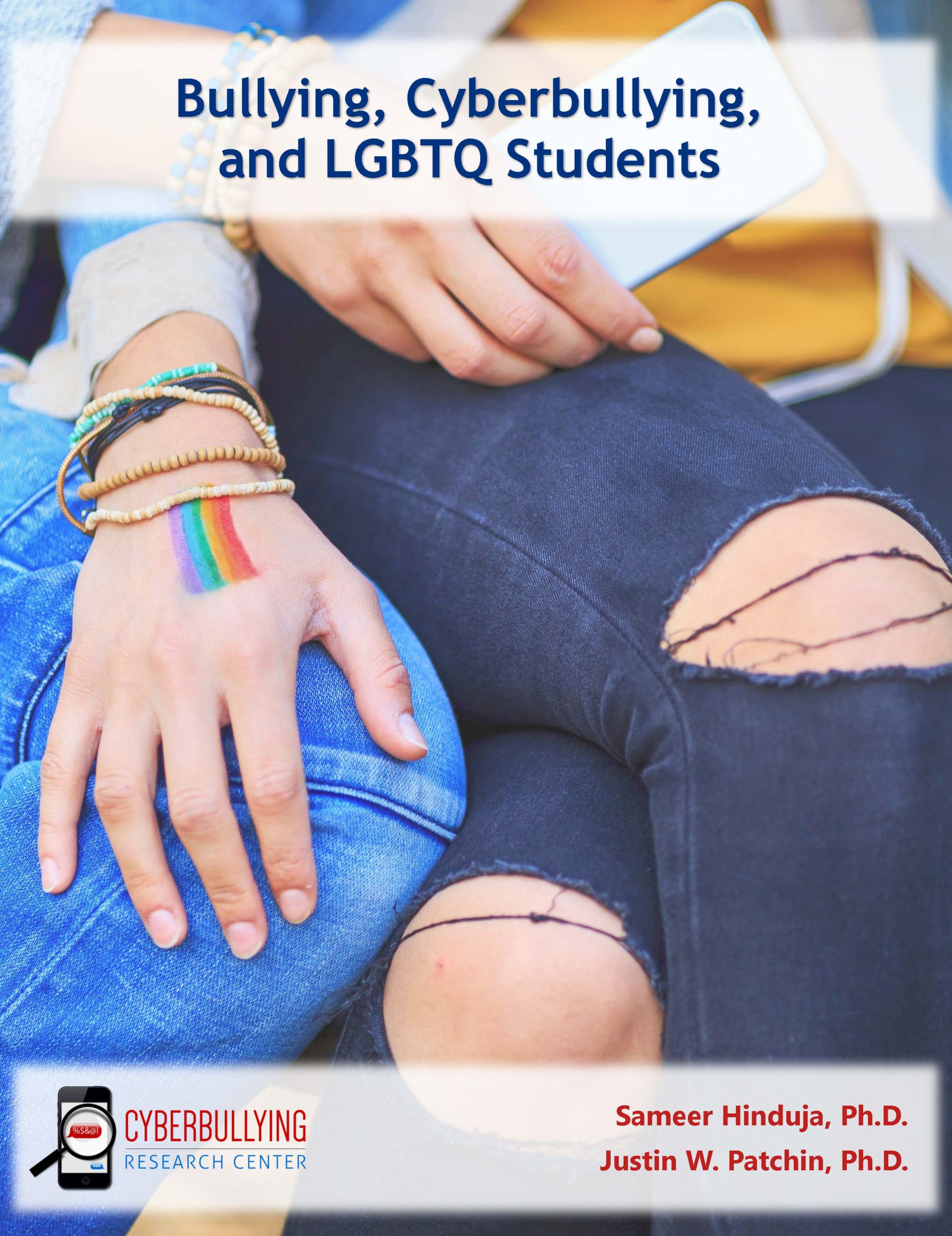
Bullying, Cyberbullying, and LGBTQ Students
Bullying that specifically targets youth and young adults based on their sexual orientation or gender identity/expression has been a problem for decades. The increased utilization of technology among youth (and, well, just about everyone) has resulted in bullying behaviors moving online. As a result, cyberbullying perpetrated against lesbian, gay, bisexual, transgender, and queer (LGBTQ) youth […]

